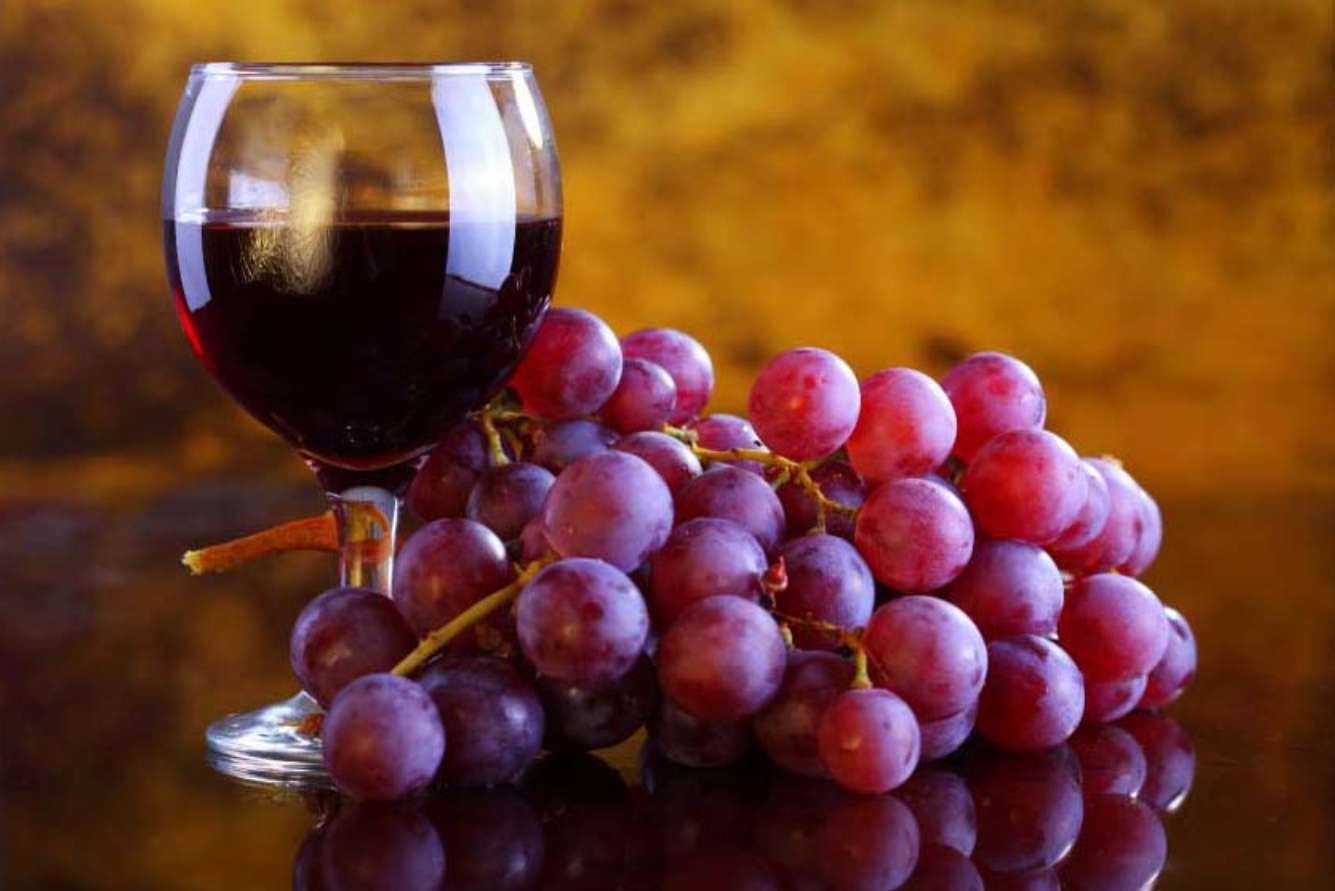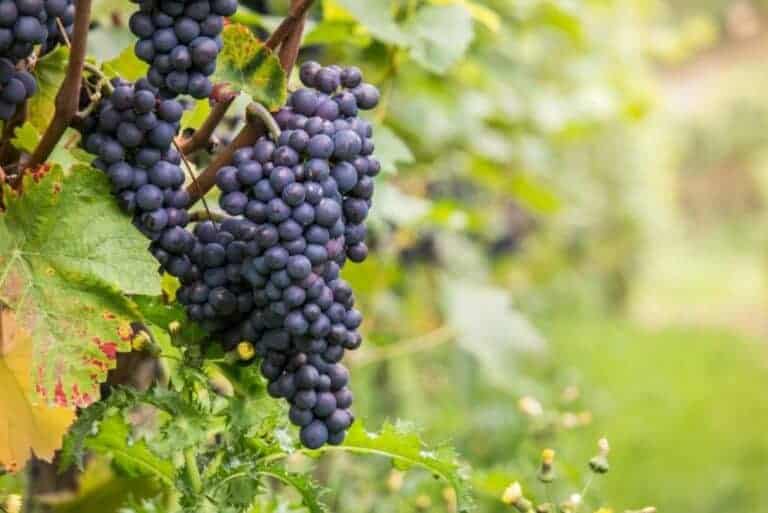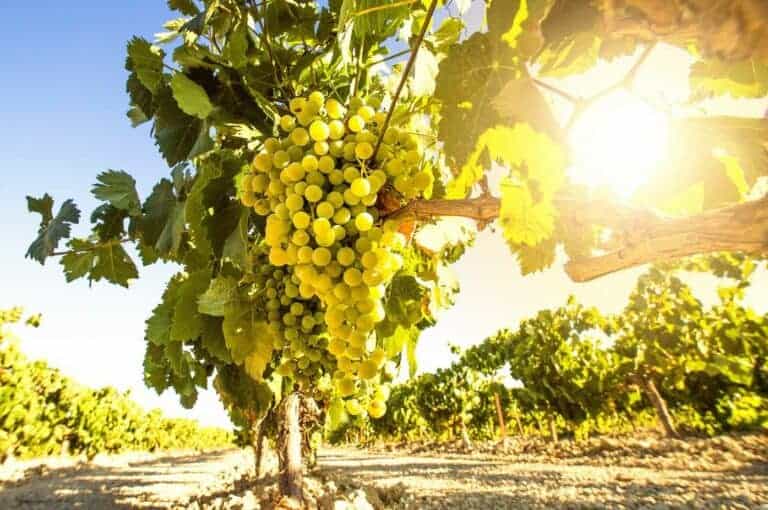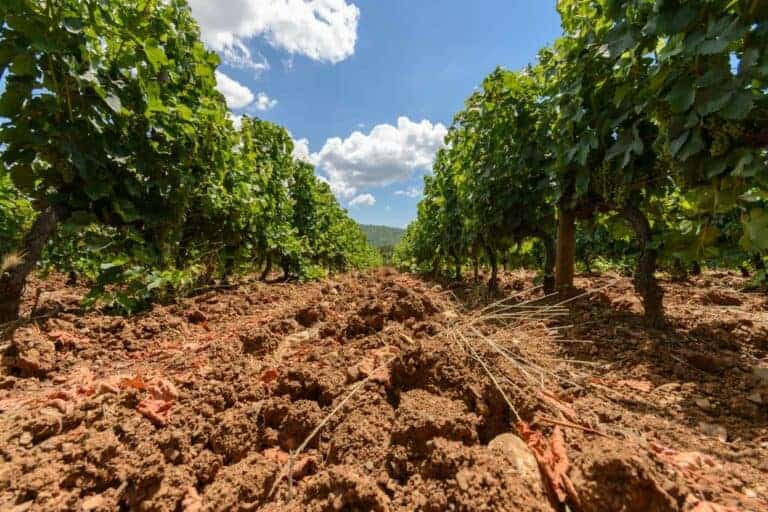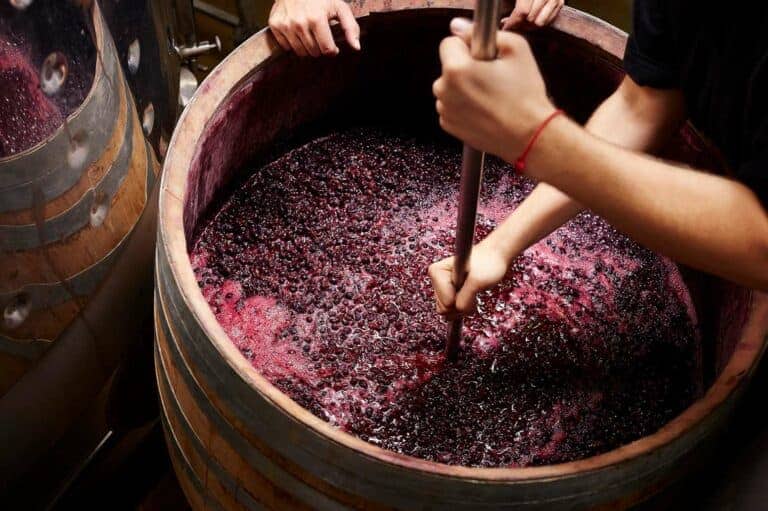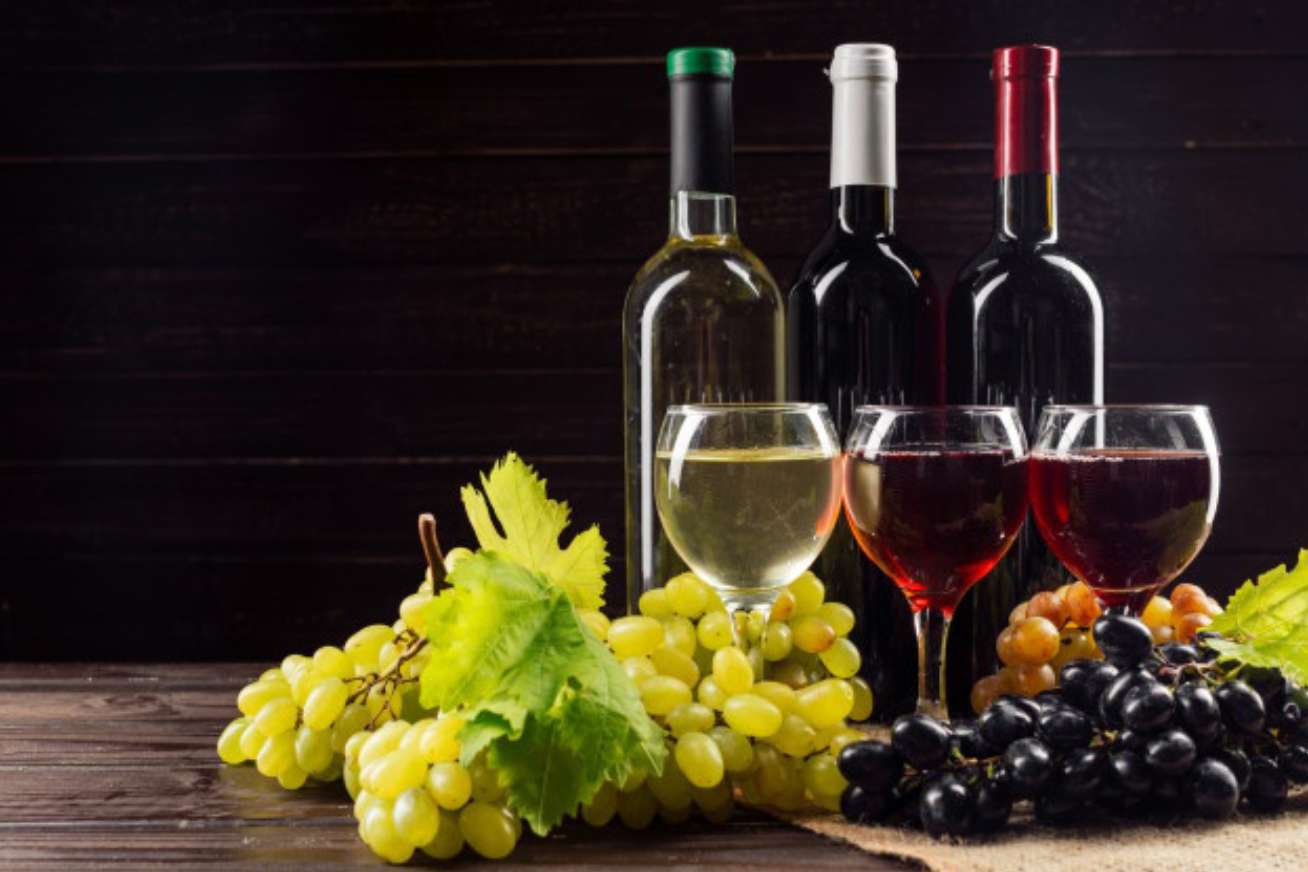Counting the number of grapes used in a bottle of wine is a complex but exciting matter. Every vineyard and winery utilizes various methods in producing wine. On top of that, wine regions across the globe adhere to different quality standards.
It will generally take around six hundred to eight hundred grapes to craft a single bottle of wine. However, this overall count may vary depending on different factors.
In this article, we collected information providing estimates on how many grapes are there in a bottle of wine. On top of that, the factors that affect the numbers and their impact on the overall price of wine. Are you ready for the ride? So here we go!
How Many Grapes in a Wine’s Bottle?
Have you ever thought about how many grapes are used in a single bottle of wine? At first, this question may look quite simple. The truth is the number of grapes in a bottle of wine may differ depending on many factors.
The Wine Institute of California states that it will take around six hundred to eight hundred wine grapes to produce a single bottle of wine. This number is roughly six to eight clusters or 2.5 pounds of grapes. Fascinating numbers, right?
The best way to know the number of grapes in a wine bottle is to consider different estimates or averages. By comparing and contrasting the overall count of grapes turned into wine, we’ll have a broad overview of the count of grapes in a bottle of wine.
The Average of Cornell University: 700 Grapes
According to the estimate of Cornell University, it will take around seven clusters of grapes to produce a standard bottle of wine. Each set of grapes is around one hundred berries. So, from this count, you can estimate that winemakers used about seven hundred grapes for a wine bottle.
Cornell University bases this average on different assumptions such as water content, average vine size, temperature, and climate. They stated that if a grape has grown larger when harvested, the number of grapes used in a bottle of wine may be lower than the average of seven hundred grapes in each bottle.
The Average of Chateaux Grand Traverse: 1,204 Grapes
Let’s look into another average. Chateaux Grand Traverse is a winemaking company based in Michigan, United States, holding different wine tastings and tours.
This company takes a different approach to the number of grapes in each wine bottle. According to their team, an average bottle of wine has 1204 grapes. Based on their count, it will take around 111 grape clusters to produce 12 bottles.
So, for each bottle, there’s a total of 9.25 clusters. And each collection has 130 grapes. Let’s do the math. So, 130 grapes multiplied by 9.25 will yield roughly 1,204 grapes. But of course, the number of grapes depends on many factors.
The Average of McEvoy Ranch: 400 to 500 Grapes
Here’s another estimate from a winery. McEvoy is a winery found in Petaluma, California. Again, their average is different from the previous count made by Cornell University and Chateaux Grand Traverse.
According to them, each bottle of wine can be crafted and produced using approximately four hundred to five hundred grapes. Further, they state that this number of grapes is always affected by the winemaking process and the grape’s variety.
The Average of Back Label: 736 Grapes
The Back Label states that according to the rule of thumb, each wine bottle has roughly over 700 grapes. However, as previously mentioned, Back Label also believes that the number of grapes largely depends on the winemaking process.
What Factors Affect the Number of Grapes in a Wine Bottle?
Popular opinion says a 750 ml wine bottle includes six hundred to eight hundred single grapes. That’s a total of roughly ten grape clusters. Based on the estimates above, there is no straightforward answer on how many grapes are in a wine bottle.
However, as the winemaking company said, many factors are involved. The overall count of grapes per standard bottle may either increase or decrease. Let’s stay in the loop. Here are the factors causing an impact on the number of grapes in each wine bottle.
Weather Conditions
The climate and weather conditions significantly impact the number of grapes per wine bottle. Wine grapes that get plenty of rain are plumper. On the other hand, grapes that experience hotter and more extended summer usually have less grape juice.
Overall, the weather and the climate help vineyards determine how quickly wine grapes mature and grow. On top of that, these conditions tell how much juiciness and flavor wine grapes have and how quickly these grapes can turn into wine.
Temperature & Sunlight
Temperature and sunlight also contribute to the number of grapes produced per bottle of wine. For instance, grape vines exposed to hotter temperatures will ripen quickly. Because of this, the time needed for color, flavor, and other compounds will not fully develop.
Type of Soil
In addition, the type of soil where the wine grape is planted affects the overall yield. For instance, Cabernet Sauvignon will grow in well-drained, poor nutrient soils.
In short, if a Cabernet is grown in alluvial soil in Napa Valley, a warmer climate will have a higher result. On the other hand, Cabernet Sauvignon planted in rich clay soils will result in lesser yield.
On top of that, if the soil has overflowing nutrients, the wine grape will multiply at the year’s beginning. So, these grapes would not receive the sunlight necessary for growth.
Winemaking Process
Finally, the pressing process done by winemakers impacts the number of grapes each bottle of wine has. For instance, a winemaker opts to use the free-run method. More grapes are required in this technique since this process typically sets the grape juice apart from crushed grapes.
On the other hand, if the winemaker prefers to utilize the Basket Press. This process can result in a five to ten percent decrease in the production of grapes to the Bladder Press.
Does the Number of Grapes Impact the Price of Wine Bottles?
Yes, the number of grapes each vineyard acre produced and the grape’s quality impact the price of a bottle of wine. A vineyard or winery producing fewer grapes with lower outputs will craft wines with higher alcoholic content and more flavor.
On the other hand, vineyards or wineries having higher output will usually craft diluted wines. So, from this, we can see that wine bottles having an expensive price tag come from wineries or vineyards producing fewer but high-quality wine grapes.
To know more about the cost of wine grapes, here’s the price spent by the California wine industry on grapes in 2020:
- $160 per single ton of table grapes
- $25o per single ton of raisin grapes
- $555 per single ton of white wine grape varieties
- $790 per single ton of red wine grape varieties
Frequently Asked Questions
Let’s also look at these frequently asked questions to complete the picture.
How Many Grapes Are in a Wine Glass?
Based on the Back Label average, there are 736 grapes in a standard bottle of wine. That means that each glass of wine has about 164 grapes. But the figure will change depending on these factors: the winemaking process that the winemaker uses in crafting and creating the wine.
How Many Pounds of Grapes in a Wine’s Bottle?
Generally, a 750 ml bottle of wine holds about 0.2 gallons. Every ton of wine grape will produce eight hundred bottles. That is, one bottle will have around 2.5 pounds of wine grapes.
How do Grapes Become Wine?
Here are the following steps you should consider giving you a quick overview of how grapes become wine.
- The first step would be pressing. The winemaker presses the whole set of grapes, skins, seeds, and stems. Afterward, the juice coming from crushed grapes is usually put inside an oak barrel or fermentation tank.
- The second step would be the primary fermentation. During this point, the yeast switches the juice of the grape into wine or alcohol and carbon dioxide.
- Third, the winemaker will let the wine age and stay inside an oak barrel or stainless steel. In addition, they will also add a bit of sulfur to stabilize the wine.
- Lastly, the winemaker puts the produced wine in the bottle. Usually, before bottling, winemakers generally taste the wine to ensure the flavors are balanced and suitable.
Afterward, they racked the wine and filtered to eliminate sediment and clear the wine. The wine is bottled, and a label will be put on it.
How Long Will It Take for Grapes to Become a Wine?
Winemaking is a slow, careful, and complicated process. Planting and investing in a grapevine usually takes around three years to produce its first harvest. In addition, the first vintage yield might not be a bottle for two years. That’s why the finished product of wine is always worth it.
The Bottom Line
And that’s it for this article. As you see now, around 600-800 hundred grapes are used to create a bottle of wine. But of course, the final count will always rely on the vineyard or winery’s location, climate and weather conditions, and wine grape variety.
Plus, making wine usually takes years and is a complex process. So, savor and appreciate everything the next time you sip a glass of wine. Because every drop of wine counts!

George Moore, co-founder of Wine Flavor Guru, is a charismatic entrepreneur with a rich background in California’s wine industry. Alongside Sylvia, he transformed a Sonoma County vineyard into a source of premium wines. George’s expertise in sourcing exceptional grapes and his approachable style make wine appreciation both accessible and engaging.

